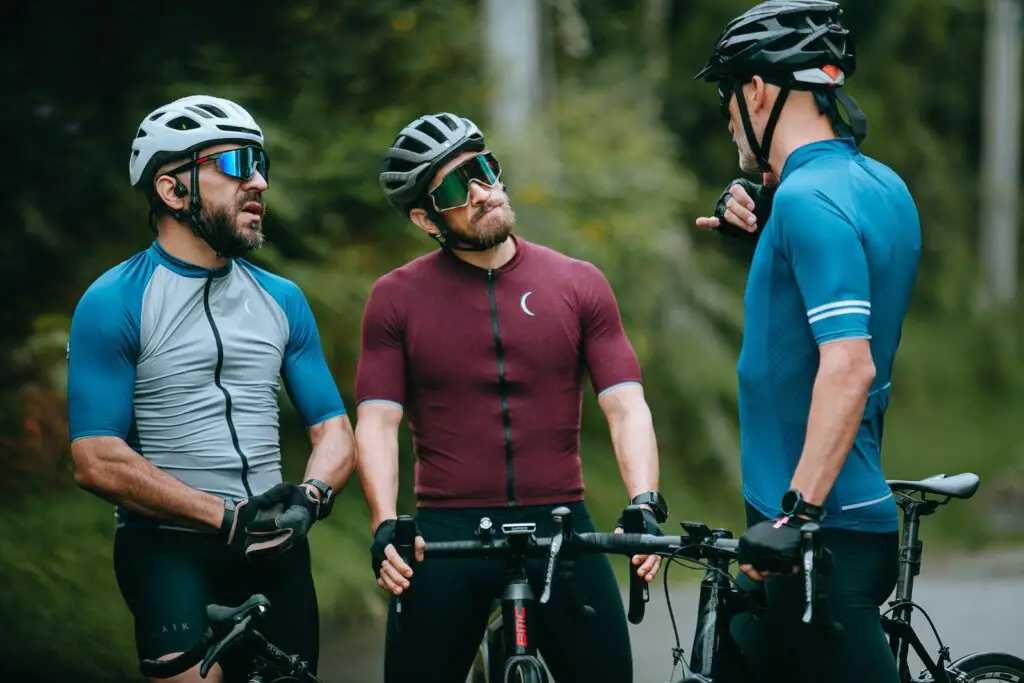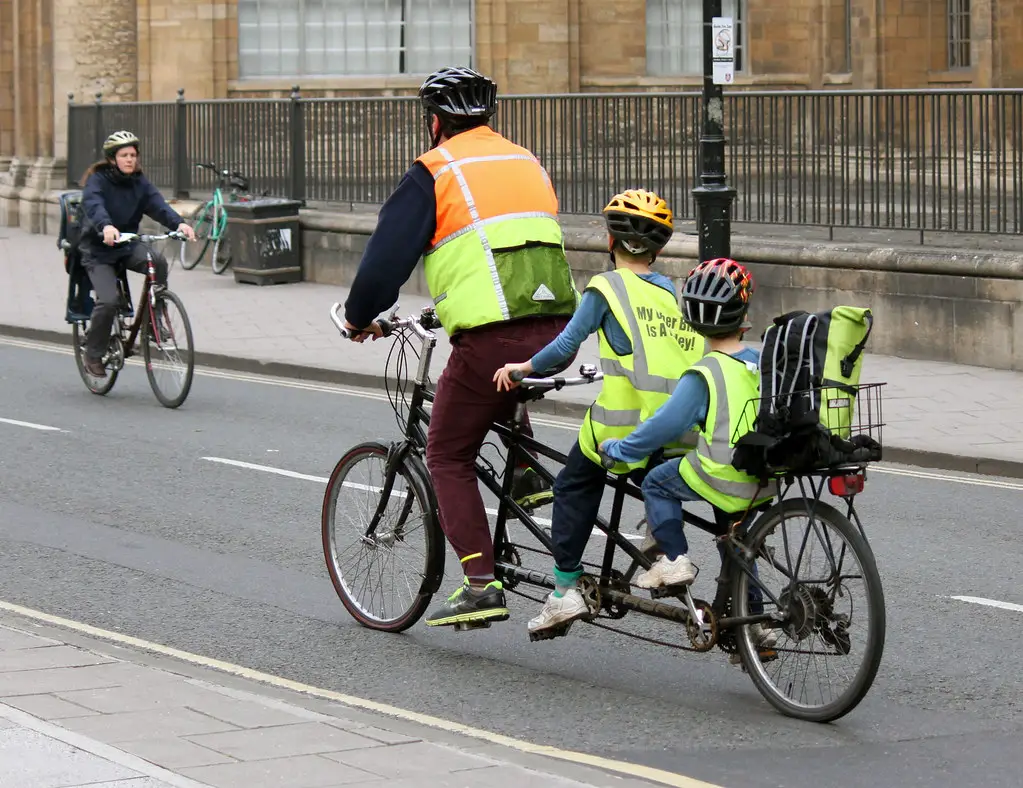Riding a bike is one of life’s greatest pleasures. Feeling the fresh breeze while taking in the breathtaking scenery—nothing can go wrong when you’re on a bike, right? Well, think again.
Serious and fatal injuries are the last thing we associate with riding a bike. Yet statistics say they happen more often than we think. The latest numbers show that in 2021, there were 111 pedal bike fatalities and 4,353 serious injuries in Great Britain. And over the years, bike-related deaths have accounted for 6% of all road deaths on average.

Then, there’s also the fact that you’re going to be exposed to all kinds of weather conditions, from scorching sun to pouring rain. So protecting yourself from the elements is also important to think about.
That said, whether you’re a seasoned cyclist or just starting out, having the right protective cycling gear can make all the difference in ensuring a safe and enjoyable ride. In this article, we’ll discuss essential cycling gear that every British rider should have to ride smart and safely.
Getting All the Basics
Let’s start by talking about helmets. According to statistics, wearing the right helmet can lower the chance of brain injuries in an accident by up to 85%. Look for one that complies with British safety regulations, such as the EN 1078 certification, while making your choice. Ensure that it’s snug and secure on your head, and always replace it after a few years or if it is significantly damaged.
The use of high-visibility clothing is also crucial. British bikers frequently deal with erratic weather, so it’s important to be visible on the road. In low light or inclement weather, reflective clothes and accessories like vests and ankle bands improve visibility. They can considerably lower the chance of collisions, particularly on congested highways and at crossings.
Don’t neglect to purchase a quality set of riding gloves. They provide a superior handlebar grip, in addition to shielding your hands from blisters and calluses. For diverse weather circumstances, they come in a variety of styles, including fingerless and full-fingered.
Protecting your eyes is equally important, especially when cycling at high speeds or on dusty trails. Sunglasses with UV protection shield your eyes from harmful rays and prevent debris from impairing your vision. You’ll have a more comfortable and safer ride with clear eyesight.
Additional Gear for Enhanced Safety

If you like off-road or mountain biking, you might want to expand your bike safety gear arsenal by getting body protection. In the event of falls or collisions, these safety jackets and vests provide additional protection for your shoulders, elbows, and back. While negotiating difficult paths and rocky terrain, they are especially helpful.
For additional safety during falls and accidents, knee and elbow pads are a worthy investment. Designed to absorb impact, these pads can minimise injuries and abrasions, providing you with extra peace of mind when you’re pushing the limits of your cycling adventures.
Proper cycling shoes are often overlooked but are essential for optimal performance and safety. They offer better pedal grip and stability, reducing the risk of foot slippage and injuries while riding. Look for shoes that are comfortable and compatible with your pedal system.
Rain and Cold Weather Protection
As British cyclists, we’re no strangers to rainy and cold weather. Waterproof clothing, such as rain jackets, pants, and shoe covers, keeps you dry and comfortable during wet rides. Wet clothing can make you feel colder and lead to discomfort, so staying dry is vital for a pleasant ride.
When the temperatures drop, layering up is the key to staying warm. Thermal clothing, like long-sleeve jerseys and tights, traps heat close to your body and helps you maintain a comfortable body temperature even in chilly conditions.
Safety Accessories for Urban Settings
If you’re cycling in urban areas, consider adding mirrors and lights to your protective bike gear setup. Mirrors attached to your handlebars or helmet can provide a better view of the road behind you, making it easier to navigate traffic and anticipate potential dangers.
Lights that work properly are essential, especially if you cycle at dusk or in poor light. Your visibility to drivers and pedestrians is improved by front and rear lights, which considerably lowers the likelihood of collisions.
Additionally, bike bells and horns can be invaluable tools for communicating with others on the road. Use them politely to alert pedestrians and fellow cyclists of your presence and intentions, promoting a harmonious cycling experience.
The Importance of Regular Maintenance and Inspection
It’s crucial to routinely inspect and maintain your protective equipment if you want to guarantee its efficacy. Examine your helmet for any signs of wear and tear, such as cracks or dents, and replace any broken equipment right away.
Regularly cleaning your equipment will help keep it in good working order and extend its lifespan by removing sweat and dirt. Appropriate storage is also essential; keeping your equipment in a place that is dry and well-ventilated helps stop deterioration.
Safety Training and Education

In addition to having the proper equipment, taking cycling safety classes and becoming familiar with traffic laws and road etiquette can significantly increase your safety on the road. Accidents can be prevented in large part by being aware of potential risks and understanding how to respond in various circumstances.
By setting an example and promoting safe cycling habits, you may encourage a community of cyclists who are concerned about their safety. By exchanging information and insights with other bikers, we can all work to make the roads safer.
To Sum Up
Although cycling can be a thrilling activity, safety should always come first. You may significantly improve your chances of having a safe and pleasurable ride by outfitting yourself with the appropriate protective cycling gear. Each piece of equipment, from helmets to high-visibility clothing and everything in between, is essential to keeping you safe when cycling.
Remember that riding safely doesn’t just mean looking out for yourself; it also means setting an example for other cyclists and fostering a more secure environment for all cyclists. So prepare yourself, be careful, and relish the journey! Happy pedalling!
